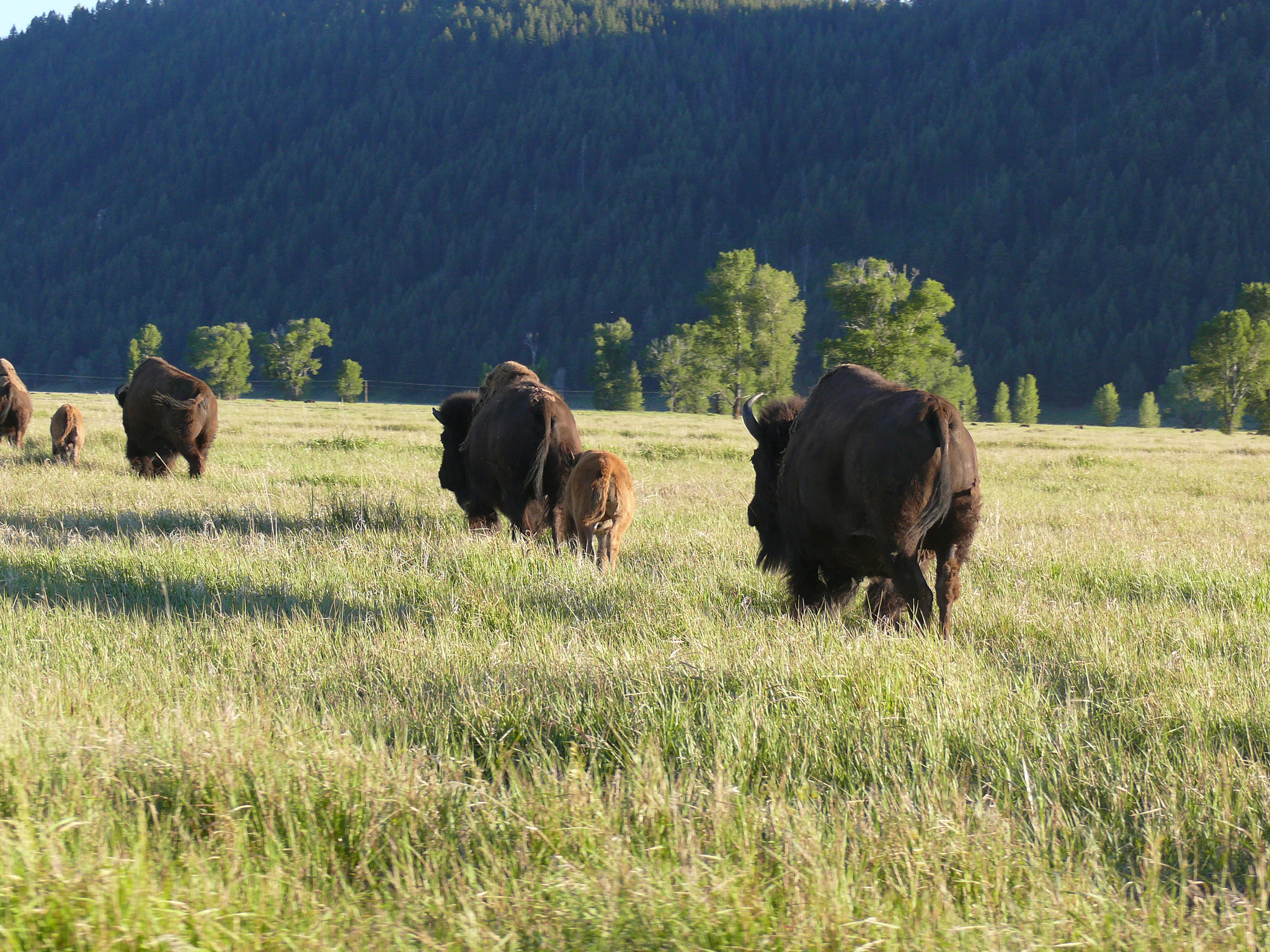
Understanding how animals move and interact is relevant to decipher how climate change will affect species distribution and diversity, and it is of direct application to conservation strategies and prevention of zoonotic diseases.
One key feature that underlies studies on biological dispersal and epidemic spread is that although the extent to which a population or a disease may propagate is quite large, the spatial extent over which single individuals roam may be actually quite limited.
We propose to reconcile this apparent paradox by developing new conceptual tools and mathematical directions that link the sociobiological features of an animal species, and the resulting spacing between single individuals, to the macroscopic properties that occur at the population level, how they disperse and how diseases may propagate.
Part of the activities includes an international workshop in Bristol entitled Animal Movement in Confined Space: from Space Use Patterns to Epidemic Spread. The workshop invites key players in biology, computer science, mathematics and physics to share their perspectives on the problem and develop new interdisciplinary collaborations.
The workshop also aims to raise awareness in the broader community by presenting a series of articles on the topic of animal movement in confined space in the new journal Movement Ecology.
Selected outcomes
- Six research papers published.
- Hosted international workshop titled “Animal Movement in Confined Space: from Space Use Patterns to Epidemic Spread”, December 2013.